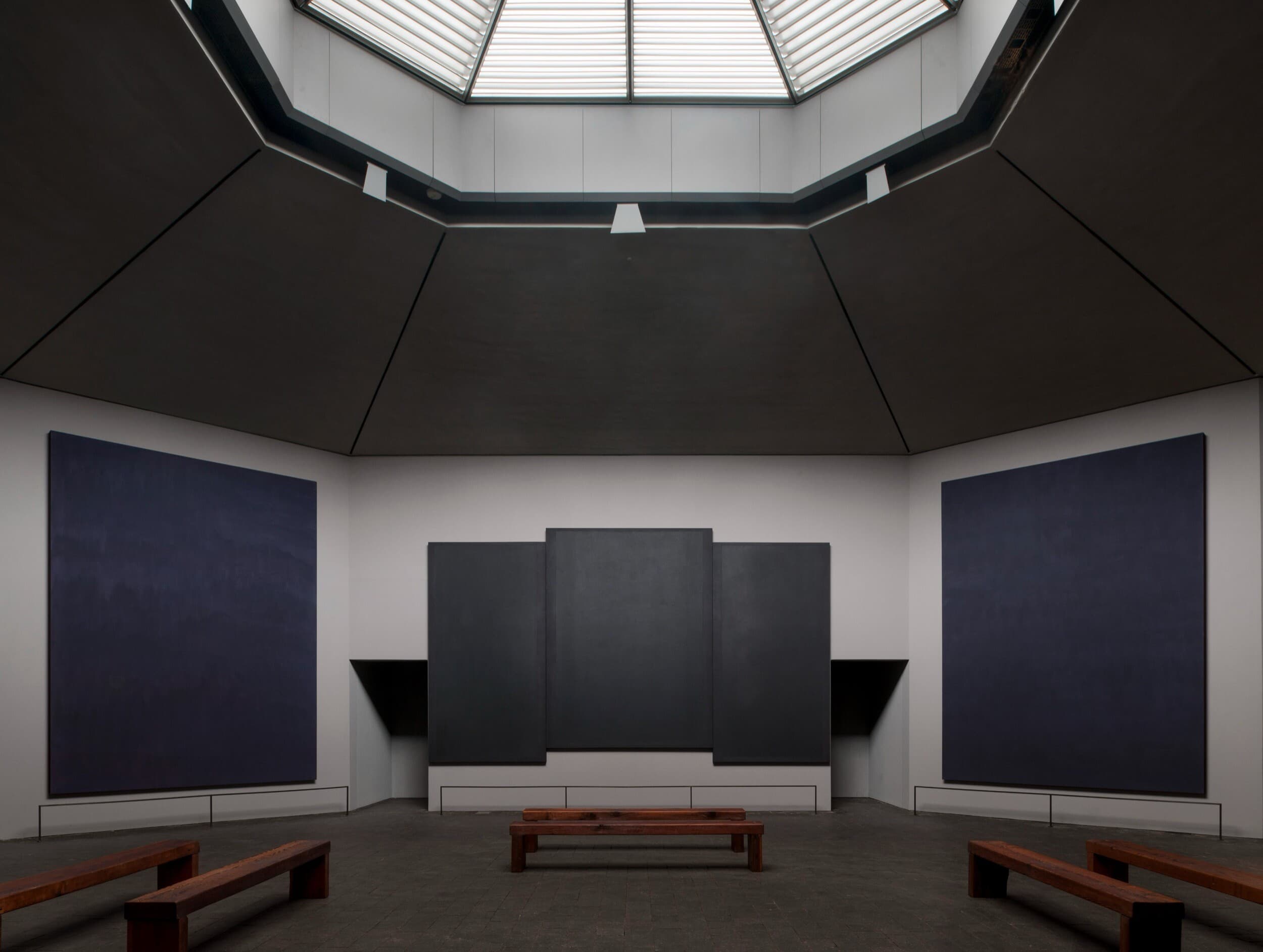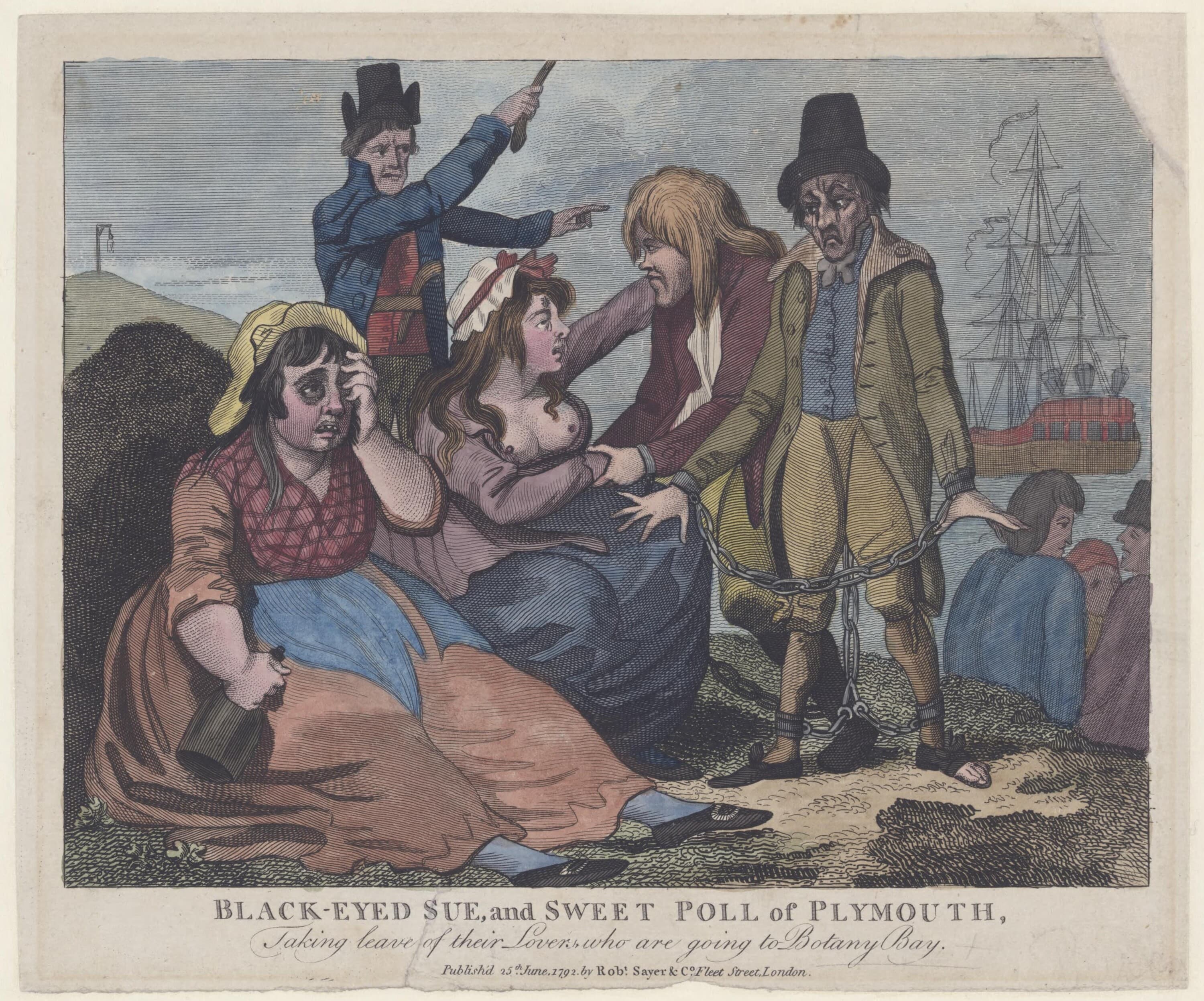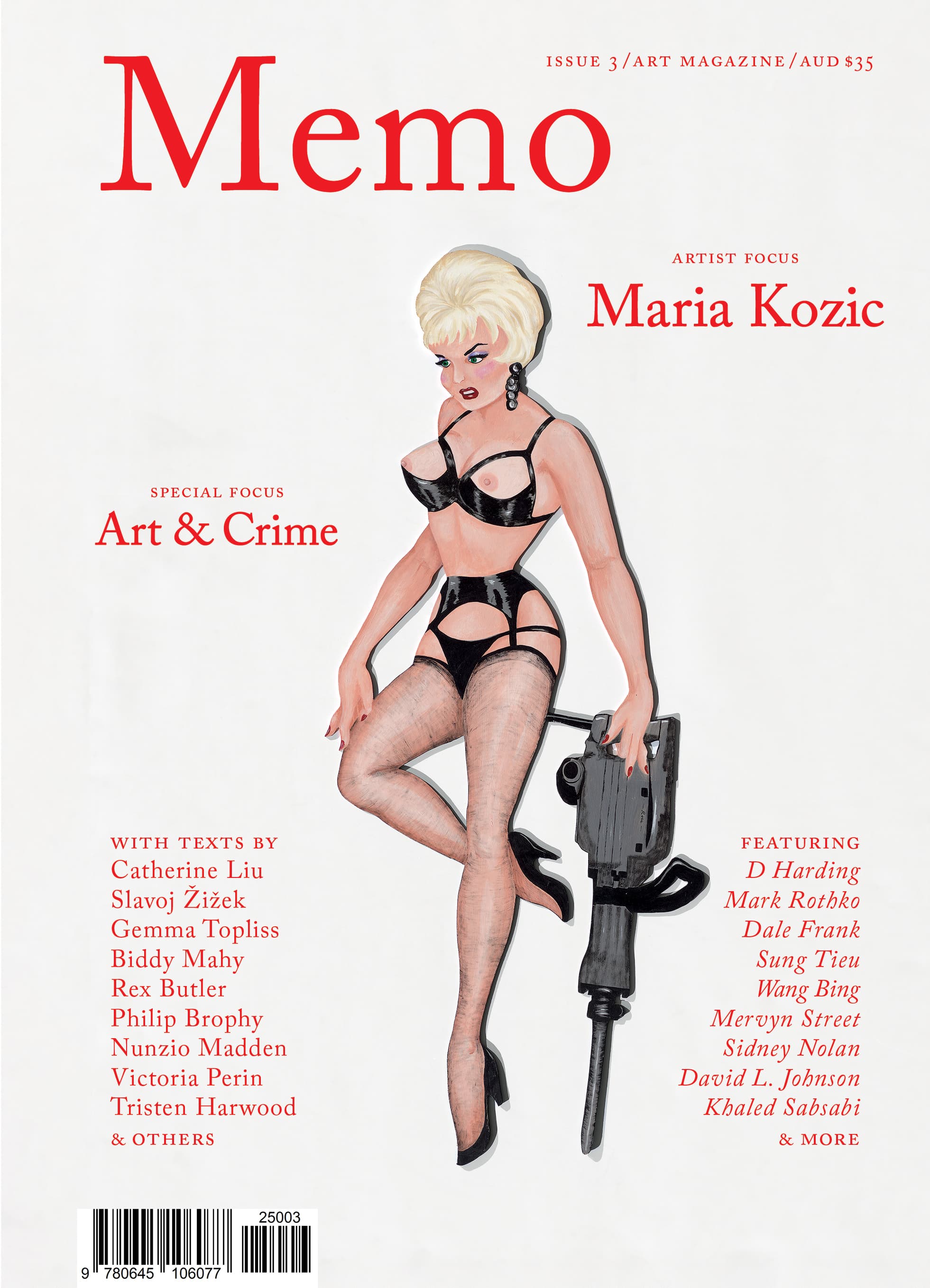David L. Johnson
Artist David L. Johnson condenses centuries of enclosure into “Diggers,” repurposing hostile urban fixtures as provocations against privatisation, surveillance, and racial capitalism.
The enclosure of the commons—land traditionally held and used by the public—began in medieval England, and has continued ever since. In his 2014 book Stop, Thief!: The Commons, Enclosures, and Resistance, American historian Peter Linebaugh contends that the enclosure and privatisation of the commons was inseparable from England’s industrialisation, as well as the development of colonialism and the transatlantic slave trade. In other words, enclosure played a foundational role in the rise of racial capitalism—a global system of value extraction and capital accumulation dependent on what abolitionist scholar Ruth Wilson Gilmore describes as “the state-sanctioned and/or legal production and exploitation of group-differentiated vulnerabilities to premature death.” Linebaugh identifies three major waves of enclosure.
Exclusive to the Magazine
David L. Johnson by Dana Kopel is featured in full in Issue 3 of Memo magazine.
Get your hands on the print edition through our online shop or save up to 20% and get free domestic shipping with a subscription.
Related

The APY Art Centre Collective scandal, ignited by Murdoch’s The Australian, exposed more than allegations of interference—it revealed power struggles in the Aboriginal art industry and became a flashpoint for culture wars. As institutions, dealers, and politicians jockeyed for position, the artists were caught in a battle over authenticity, control, and the future of Aboriginal contemporary art.

By recasting Black-Eyed Sue and Sweet Poll in shackles, Sayer’s 1792 engraving subverts the sailor’s farewell to reveal convict and naval cruelty as mirror images.
